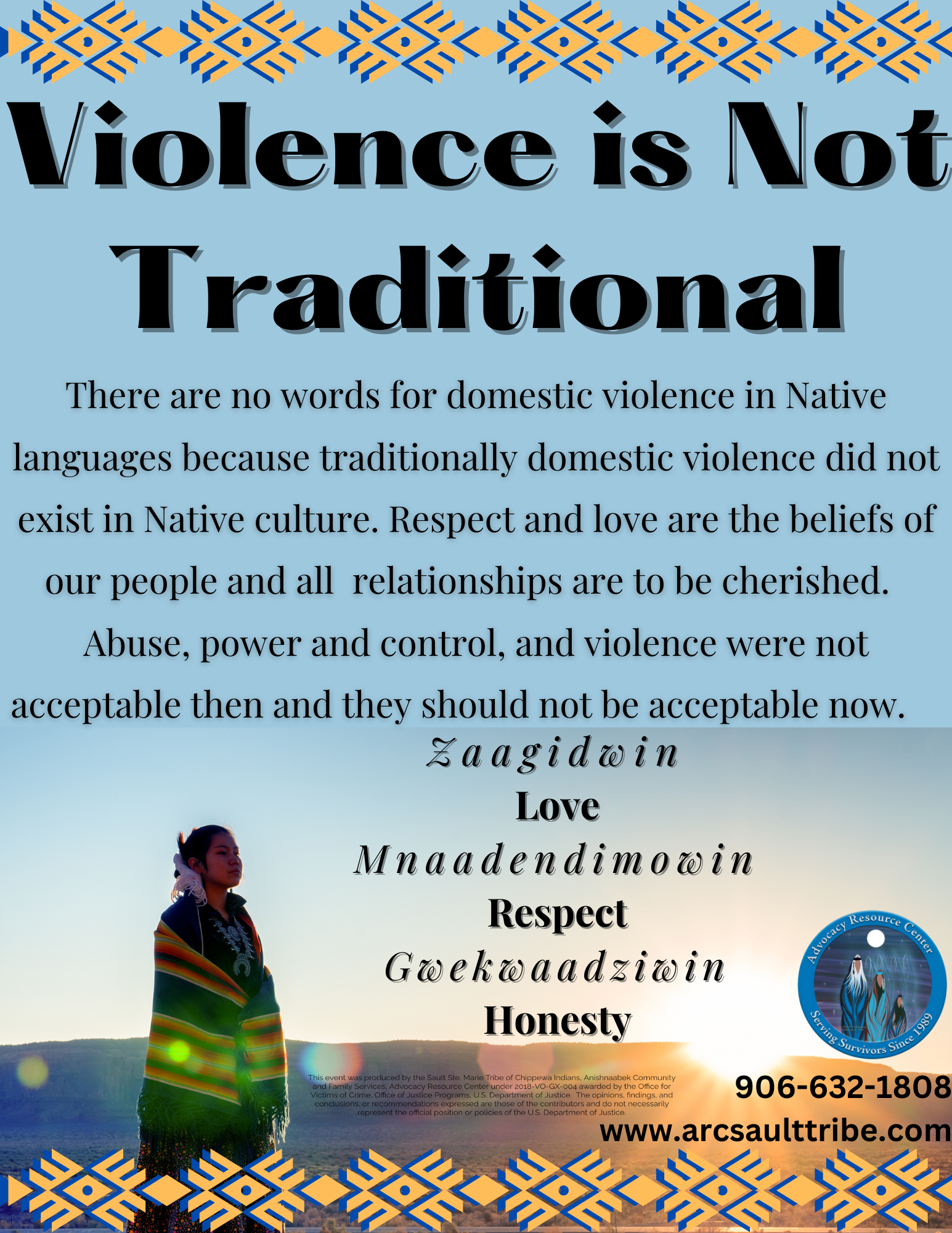Family Violence Prevention Article 2023

March Recognizes Parenting Awareness; The Effects of Family Violence
March is Parenting Awareness Month which typically means celebrating all things parenting, such as doing fun activities together as a family, working on crafts together, attending family gatherings, and making happy memories.
This month, the Advocacy Resource Center focuses on the awareness of the effects of family violence on children, as some families are not so fortunate when family violence is present. Family violence is a behavior pattern that demonstrates maintaining power and control over a partner in an intimate relationship. Family violence can happen to anyone of any race, age, gender, sexual orientation, religion, socioeconomic background, and education level.
The lasting impacts of family violence on children are multifaceted. Children exposed to family violence may experience behavioral issues, delayed brain development, difficulty in current and future relationships, and dysregulated emotions; it may also affect their physical health. Children may lose sleep, pay less attention in school, struggle with grades, make poor decisions regarding friends, and use drugs and alcohol.
The lasting impacts of family violence on children may be experienced long into adulthood in their relationships with spouses, children, and even in their work environment. Children who live in a home with family violence share the same fears and threats to their safety that the adult victim may experience. Children are resilient, but continued exposure to family violence may result in trauma they will never forget.
There are many ways children experience family violence. Children may witness, be directly involved or overhear the violence within the home. Too often, children are believed to be unaffected if they are in another room or sleeping during the violence. Children know what is happening within their homes, and when exposed to violence, children soon learn to adapt and adjust to the abuser’s violence. Children may try to align their moods and behavior, such as “walking on eggshells” whenever they are around the abuser to prevent outbursts. Children may feel it is their responsibility to comfort the adult victim, to clean up messes, or may take on the responsibility of having to protect their siblings or family pets during or after the violence. Adult victims of violence may have to develop survival strategies to keep themselves and their children safe.
It is important not to judge the adult victim’s survival strategies even if they appear unreasonable to outsiders. As difficult as it may be for others to understand, the adult victim is the expert on the violence they have experienced. The adult victim knows what will enhance safety and what will escalate it. It is essential to talk with children about violence and let them know that expressing their feelings of discomfort, fear, and worry is okay. It is critical to a child’s healing process to allow them to express their feelings and ask questions in a safe space.
Talking with children helps them feel safer and may reassure them that the violence is NOT their fault. Try to find ways to build emotional resilience with the children. Talk with children, create an emotional-support connection, boost their self-esteem, be non-judgmental regarding the child's thoughts and feelings, and work on implementing healthy ways to manage stress.
Parents can also be victims of violence in their homes. Child-to-parent violence (CPV) is the abuse of parents by their child or children. It is an often-underreported form of domestic or family violence. CPV consists of higher levels of aggression than regular childhood/adolescent outbursts. It can include verbal and physical abuse. Child-to-Parent Abuse is defined as "any harmful act of an adolescent (ages 1-0-19 child intended to gain power and control over a parent. The abuse can be physical, psychological, verbal, or financial." (Wikipedia) Parents/grandparents/guardians do not report CPV due to the following:
- Shame/embarrassment-feeling they should be able to handle the issue on their own
- Fear of enraging the child even more if reported or attempted to control the child/adolescent
- Not wanting the child to be in trouble with the law or court system
Some of the causes Child-to-Parent Violence can be attributed to the following: The broken family unit, Poor or nonexistent relationship with an absent parent, Debt/money issues, Unemployment, parental drug /alcohol abuse, abuse and neglect from a parent, having no coping skills, disabled, elder, or mentally ill parent, escalated arguments
- Aggressive behaviors/tendencies
- Unable to manage feelings
- Witnessing abuse in the home
- Lack of respect for parents-perceiving them as weak
- Lack of consequences for behaviors
- Mental illness
- Child seeking revenge upon parent
Child-to-parent violence has no specific programs or agencies that protect parents from abusive children. There are intervention strategies that can be helpful to prevent the abuse from escalating if remedied early on.
- Involve school therapists or behavior specialist
- Family Therapist
- Family violence or DV organization
- Law enforcement
- Judicial system/juvenile justice programs
- Adult protective services
- Creating a safety plan
If you find yourself in an intimate partner or family violence relationship, the Advocacy Resource Center can offer assistance. Don’t hesitate to contact an advocate at 906-632-1808 or visit www.arcsaulttribe.com to learn more about family violence.